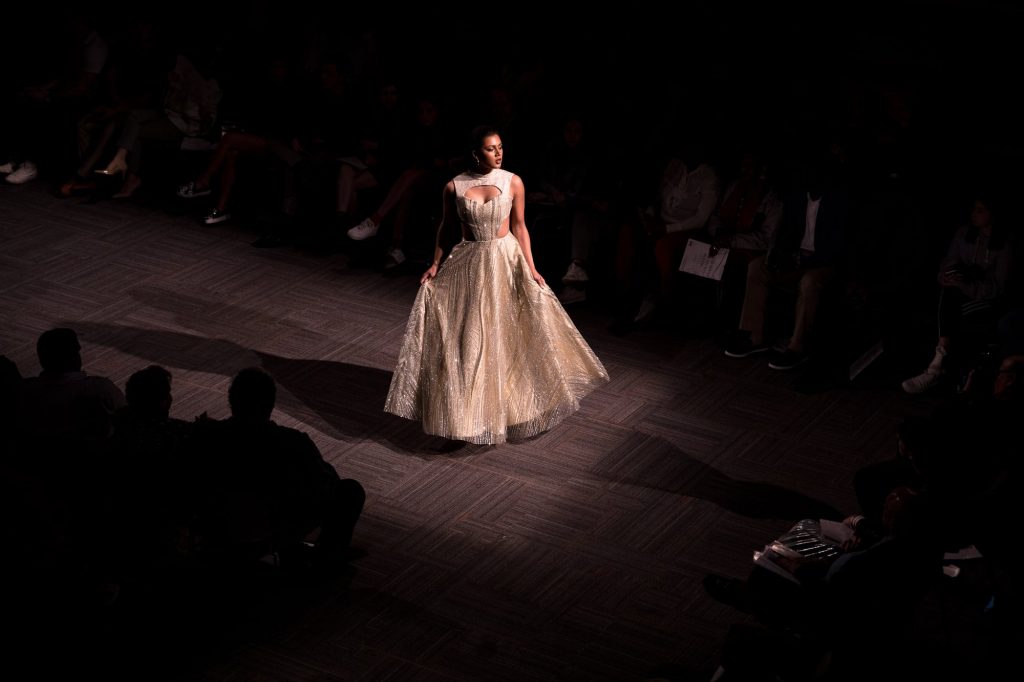In recent years, the global fashion industry has witnessed a remarkable shift, with Asian designers emerging as key players on the world stage. No longer confined to regional markets, these creative visionaries are redefining luxury and reshaping fashion narratives with bold designs, cultural fusion, and sustainable innovation.
One of the most striking aspects of this transformation is the ability of Asian designers to seamlessly blend tradition with modernity. From the intricate embroidery of India to the structured minimalism of Japan, traditional craftsmanship is being reimagined for the contemporary luxury consumer. Designers such as those from China, South Korea, and Singapore are incorporating heritage fabrics and artisanal techniques into cutting-edge silhouettes, creating pieces that tell a story while appealing to global tastes.
The influence of Asian luxury fashion is not limited to aesthetics; it is also driving new conversations around sustainability and ethics. In regions like Japan and South Korea, a growing number of designers prioritize eco-friendly materials, zero-waste production methods, and slow fashion principles. This commitment to responsible design resonates strongly with a younger generation of consumers who value authenticity and purpose as much as beauty and prestige.
Asian luxury brands are also leveraging technology in unprecedented ways. Virtual fashion shows, augmented reality fittings, and blockchain authentication have become common practices, particularly among forward-thinking designers in China and South Korea. These innovations not only enhance the consumer experience but also position Asian labels at the forefront of the digital fashion revolution.
Cultural influence plays a significant role in their success. The global fascination with K-pop, Korean dramas, Japanese street style, and Chinese cinema has amplified the visibility of Asian fashion houses. Celebrities and influencers from these industries often serve as brand ambassadors, helping local designers gain international recognition and establish a powerful cultural footprint.
The result is a thriving ecosystem where Asian luxury fashion is no longer a niche but a major force shaping industry trends. From Paris and Milan to New York and London, runways now regularly feature collections by Asian designers, challenging Western dominance and introducing fresh perspectives that celebrate diversity, heritage, and innovation.
Luxury has been redefined not by abandoning tradition, but by embracing it and infusing it with a modern, sustainable, and tech-savvy edge. As the appetite for unique, meaningful fashion grows, Asian designers are not just participating in the global luxury market they are leading it.

